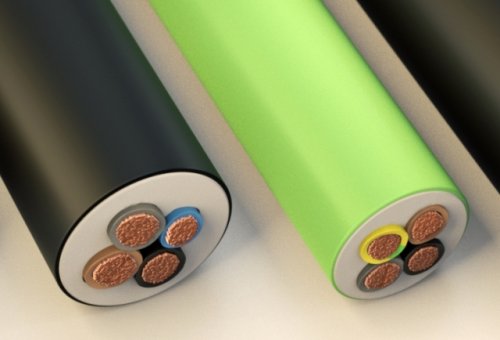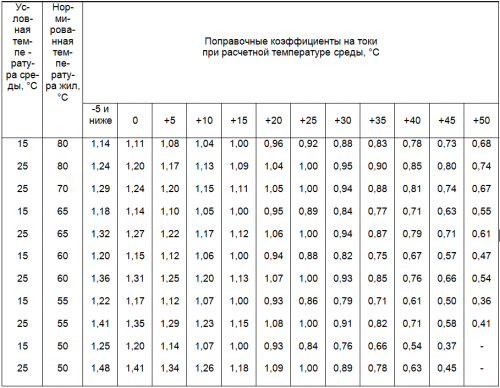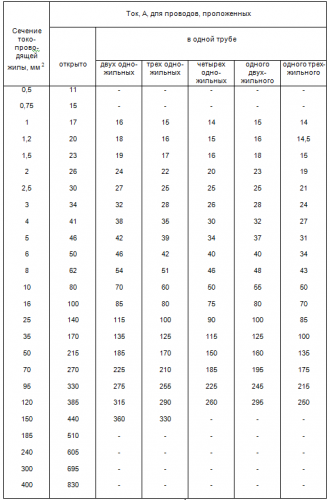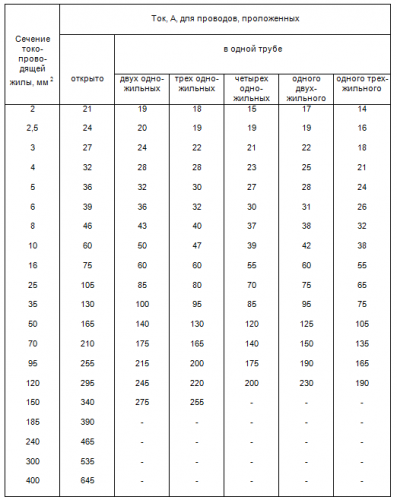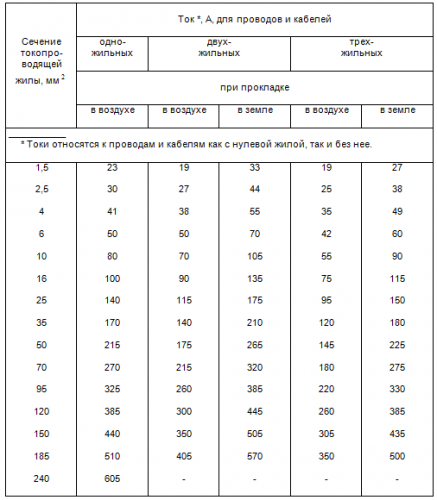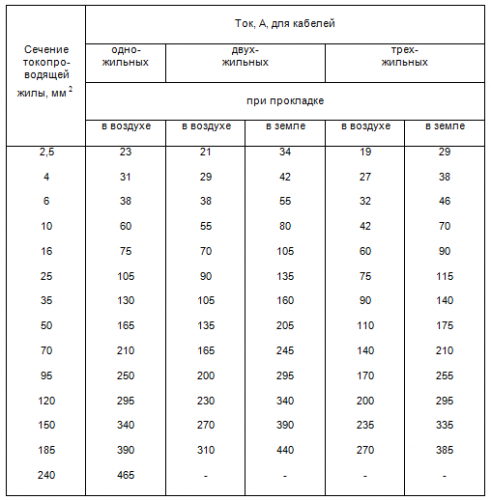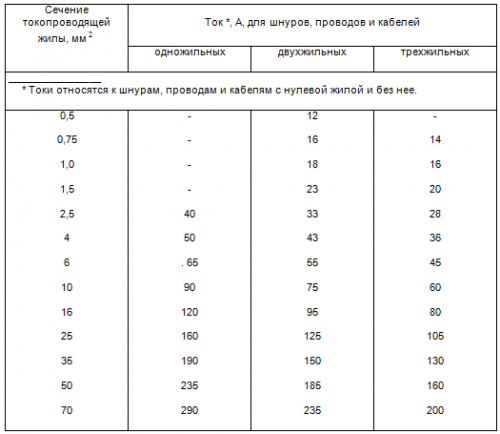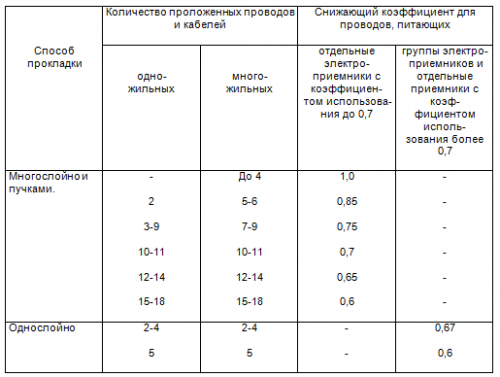Selection of heating wires, permissible continuous current for cables and wires
When choosing heating wires, the designer is faced with a difficult and time-consuming task — determining the temperature of the wire, taking into account all the transient processes occurring in it and the environmental conditions (cooling conditions). Much of this work has been done previously and its results (under standard initial conditions) are summarized in the relevant tables in Section 1.3. Rules for electrical installation.
It is only necessary to correct the initial conditions for the ambient temperature or the allowable overheating of the insulation. In this case, each cross-section of the conductor is assigned a long-term permissible current when it passes through the conductor under standard external conditions (taking into account the location of the conductor and the normalized design temperature of the environment associated with the location: + 15 ° C in the ground and +25 ° C in the air), long-term permissible withstand temperature.
This temperature is determined by the type of insulation of the wire and is indicated in the relevant paragraphs of section 1.3 of the Rules for electrical installations. According to the tables referred to in the relevant clauses of this section of the rules, the selection of the cross-section of the conductor with the closest value of the long-term allowable current greater than the rated current is made.
If wires and cables are placed in trays and are located next to each other, their mutual influence must be taken into account. In this case, the long-term permissible current of each selected cable is multiplied by the corresponding reduction factor, which can be determined, taking into account the requirements of point 1.3.11 of the Rules for electrical installation.
For subsequent calculations, it is important to determine the temperature of the conductive cores when the rated load current flows through them. The calculation is carried out according to the following formula:

The formula takes into account the ambient temperature (assumed to be 25 ° C when laying in air and 10 ° C when laying wires in the ground), the temperature of the core when heating with long-term permissible current and the temperature of the core when heating with rated current .
Permissible continuous current for cables (tables from PUE)
Table 1.3.3. Correction factors for currents for cables, bare and insulated wires and busbars, depending on ground and air temperature
Table 1.3.4. Permissible continuous current for rubber and PVC insulated wires and cables with copper conductors
Table 1.3.5. Permissible continuous current for rubber and PVC insulated conductors with aluminum conductors
Table 1.3.6.Permissible continuous current for conductors with rubber-insulated copper conductors in metal protective sheaths and cables with rubber-insulated lead, PVC, nitrite or rubber-sheathed copper conductors, armored and unarmored
Table 1.3.7. Permissible continuous current for cables with aluminum conductors with rubber or plastic insulation in lead, PVC and rubber sheaths, armored and unarmored
Table 1.3.8. Permissible Continuous Current for Portable Hoses for Light and Medium Cables, Portable Heavy Duty Hose Cables, Mining Flexible Hose Cables, Floodlight Cables and Portable Copper Conductors
Table 1.3.12. Reduction factor for wires and cables laid in channels

